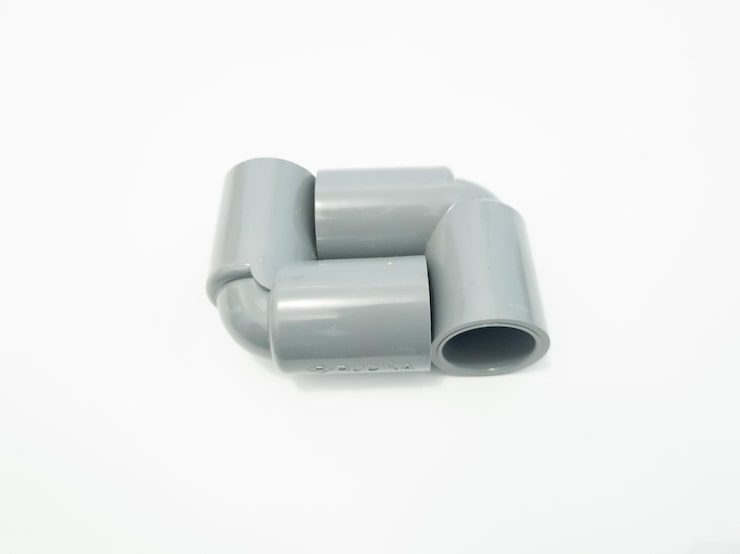When manufacturers or industrial finishers ask what is the process of static powder coating, they are looking to understand a highly efficient, environmentally friendly finishing method that relies on electrostatic principles to apply dry powder to a surface. This process is widely used in industries such as automotive, construction, electronics, and home appliances because it produces a durable, attractive, and corrosion-resistant coating without the need for solvents. The “static” aspect refers to the electrostatic charge applied to powder particles, allowing them to adhere uniformly to a grounded workpiece before being cured into a solid, protective layer.

The first stage in the process of static powder coating is surface preparation. This step is critical because the adhesion, durability, and overall quality of the final finish depend on how clean and receptive the substrate is. Surface preparation usually involves removing dirt, grease, oil, rust, and old paint through methods such as chemical cleaning, abrasive blasting, or phosphate treatment. For metals, pre-treatment often includes a conversion coating that enhances corrosion resistance and improves the bond between the metal and the powder.
Next comes the powder application stage, where the electrostatic phenomenon plays its key role. A powder coating gun uses either corona charging or tribo charging to impart an electrical charge to fine powder particles made from resins, pigments, and additives. In corona charging, high voltage is applied to an electrode at the tip of the spray gun, charging the powder as it exits. In tribo charging, friction between the powder and the walls of the gun barrel generates the charge. The workpiece itself is grounded, creating a strong attraction between the charged powder and the surface. This ensures even coverage, even on edges and complex geometries.
One of the advantages of static powder coating over liquid paint is that the powder particles “wrap” around the surface due to electrostatic attraction. This means better coverage in corners and recesses without excessive overspray. Any powder that does not adhere to the surface can often be collected and reused, improving material efficiency and reducing waste.
After the powder has been applied, the next step is curing. The coated object is placed in a curing oven, where heat causes the powder to melt, flow, and chemically crosslink into a continuous, solid film. Typical curing temperatures range from 160°C to 200°C, depending on the type of powder and the material of the substrate. The curing process not only hardens the coating but also ensures maximum adhesion and durability.
The type of powder coating material used can vary according to the application’s performance requirements. Common formulations include epoxy for superior chemical resistance, polyester for excellent UV stability, polyurethane for enhanced mechanical properties, and hybrids for balanced performance characteristics. The choice of material affects not only the coating’s physical and chemical resistance but also its aesthetic properties such as gloss level, texture, and color.
During production, environmental control plays a big role in the success of static powder coating. Factors like humidity and air cleanliness can influence the electrostatic charge retention on the powder particles. High humidity can cause charges to dissipate too quickly, leading to uneven coverage. This is why many industrial coating facilities maintain controlled temperature and humidity to achieve consistent results.
For quality assurance, coated parts are inspected after curing to check for uniformity, adhesion, and surface defects. Tests such as cross-hatch adhesion, impact resistance, salt spray corrosion testing, and gloss measurement are common. If the coating does not meet specifications, the part may need to be stripped and re-coated, though this is relatively rare with a well-controlled process.
Static powder coating also offers environmental benefits. Since the process does not involve solvents, it produces negligible volatile organic compounds (VOCs), making it safer for workers and less harmful to the environment. The ability to reclaim and reuse overspray powder further enhances its sustainability, reducing both waste and operational costs.
From an industrial design perspective, static powder coating offers great flexibility. It can be used to create smooth, glossy finishes for consumer goods, textured coatings for grip and scratch resistance, or matte finishes for aesthetic appeal. It also comes in a wide range of colors and effects, including metallic, pearlescent, and translucent options, allowing designers to achieve both functional and visual goals.
In terms of application scale, static powder coating can be done manually for small batches or custom work, or automatically in large production lines for mass manufacturing. Automated systems can handle continuous throughput, applying consistent coatings to thousands of parts per day. This scalability makes static powder coating attractive for both specialized and high-volume industries.
Safety is also an essential part of the process. The high voltage used in charging the powder requires proper grounding of both the workpiece and the equipment to prevent accidental discharges. Dust control systems are necessary to prevent airborne powder from posing inhalation risks or creating combustible dust hazards. Well-designed ventilation and filtration systems ensure a safe working environment while maintaining coating quality.
Overall, the process of static powder coating involves a precise combination of preparation, electrostatic application, and thermal curing. Each stage must be carefully managed to achieve coatings that meet demanding standards for performance, appearance, and environmental compliance. By mastering these steps, manufacturers can produce high-quality finishes that protect and enhance their products for years.


